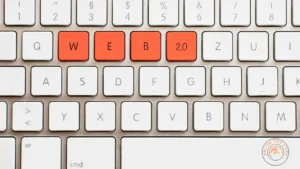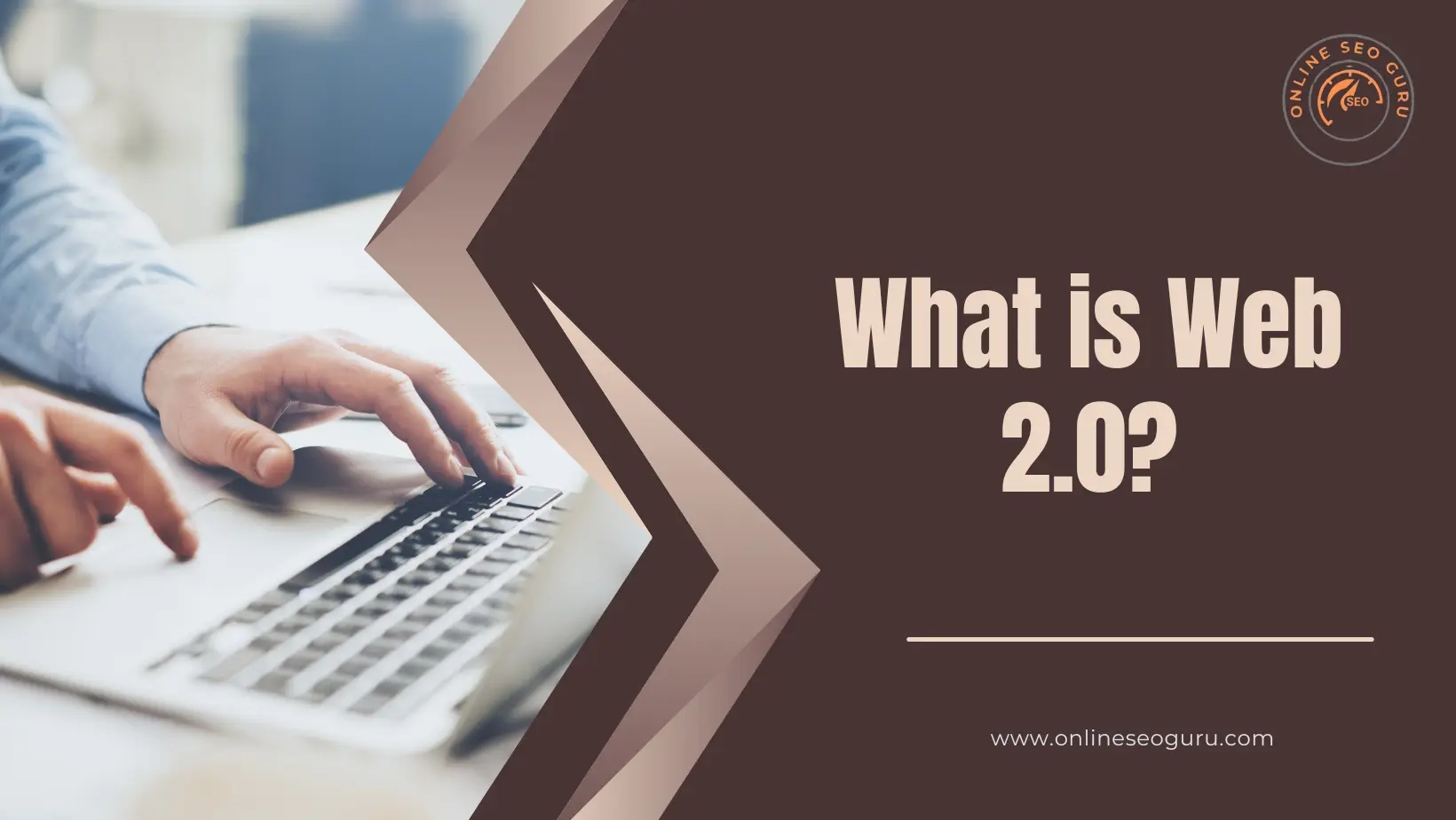In the big world of the internet, there’s a word people talk about a lot – Web 2.0. But what does it mean? And how does it change the way we do things online? Let’s look at this idea, make it easier to understand, and see how it affects the online world.
What is Web 2.0?
Web 2.0 represents the evolution of the World Wide Web from its early days of static web pages to a more dynamic and interactive platform. Unlike its predecessor, Web 1.0, which primarily focused on one-way communication, Web 2.0 emphasizes user-generated content, collaboration, and community participation.
Key Characteristics of Web 2.0
User-Generated Content
One of the defining features of Web 2.0 is empowering users to create and share content. Platforms like social media, blogs, wikis, and forums enable individuals to express themselves, share their thoughts, and contribute to a collective pool of information.
Interactivity
Web 2.0 fosters two-way communication between users and websites. Visitors can interact with content, leave comments, participate in discussions, and modify or enhance existing material. This interactivity enhances engagement and promotes a sense of inclusivity.
Social Networking
The rise of social networking sites epitomizes the spirit of Web 2.0. These platforms facilitate connections between individuals, allowing them to build personal and professional networks, share updates, and engage in conversations in real time.
Collaboration and Sharing
Web 2.0 encourages collaboration and sharing among users. Cloud storage, collaborative editing platforms, and file-sharing services enable seamless project cooperation, regardless of geographical barriers.
Rich Multimedia
With technological advancements, Web 2.0 offers a multimedia-rich experience. Users can consume content in various formats, including text, images, videos, and audio, enhancing the overall browsing experience.
Personalization
Websites leverage user data to deliver personalized experiences. Platforms tailor content recommendations, advertisements, and user interfaces through algorithms and user preferences to suit individual interests and behaviours.
Examples of Web 2.0 Technologies
- Social Media Platforms: Facebook, Twitter, Instagram, LinkedIn, and Snapchat are prime examples of Web 2.0 platforms that facilitate social interaction and content sharing.
- Blogging Platforms: WordPress, Blogger, and Medium empower individuals to create and publish their blogs, sharing their thoughts, expertise, and experiences with a global audience.
- Wikis: Wikipedia, the largest online encyclopaedia, relies on collaborative editing by users worldwide to create and maintain a vast knowledge repository.
- Content Sharing Platforms: YouTube, Flickr, and SoundCloud enable users to share videos, photos, and music, respectively, with millions of viewers and listeners across the globe.
- Collaborative Tools: Google Docs, Dropbox, and Trello streamline collaboration by allowing users to collaborate on documents, files, and projects in real time.
The Impact of Web 2.0
The advent of Web 2.0 has revolutionized the way we interact with the internet and each other. It has democratized content creation, allowing anyone with an internet connection to contribute to the global discourse. Businesses leverage Web 2.0 technologies to engage with customers, build brand loyalty, and gather feedback. Additionally, Web 2.0 has facilitated the rapid dissemination of information, sparking social movements and fostering cultural exchange on a global scale.

100+ Free Web 2.0 Sites List 2024
Web 2.0 represents a paradigm shift in how we perceive and utilize the internet. It has transformed the web into a dynamic and inclusive space by prioritizing user participation, interactivity, and collaboration. As technology continues to evolve, the principles of Web 2.0 will undoubtedly shape the future of digital communication and interaction.
In essence, Web 2.0 isn’t just a technological upgrade; it’s a cultural phenomenon that empowers individuals and communities to connect, create, and share in ways previously unimaginable. So the next time you browse social media, contribute to a wiki, or collaborate on a shared document, remember that you’re actively participating in the ever-evolving landscape of Web 2.0.

